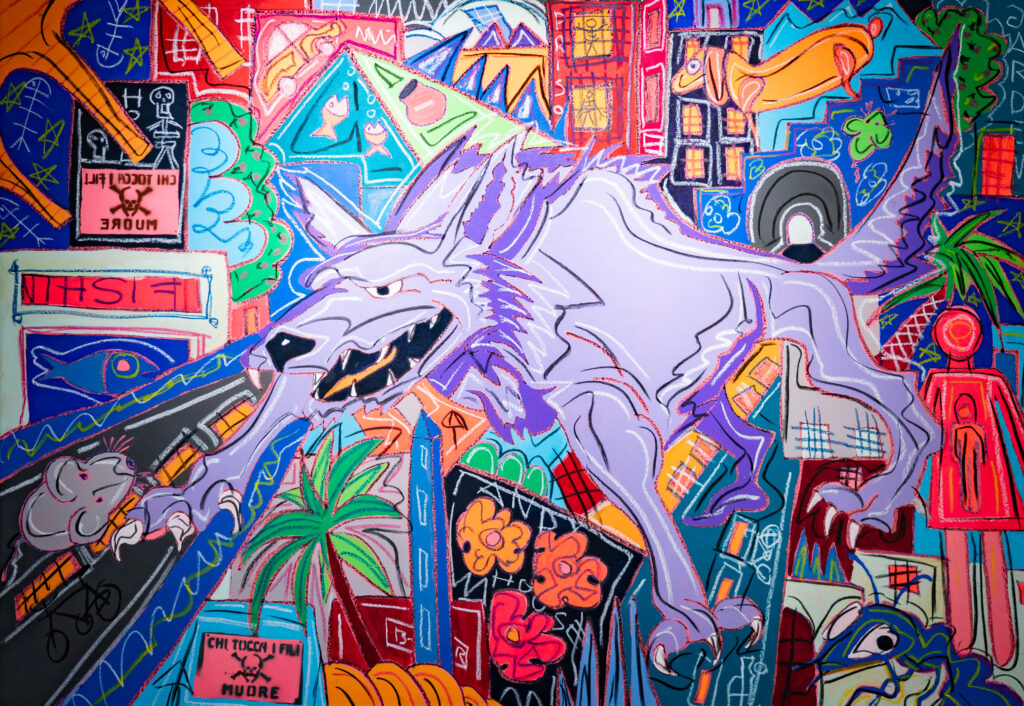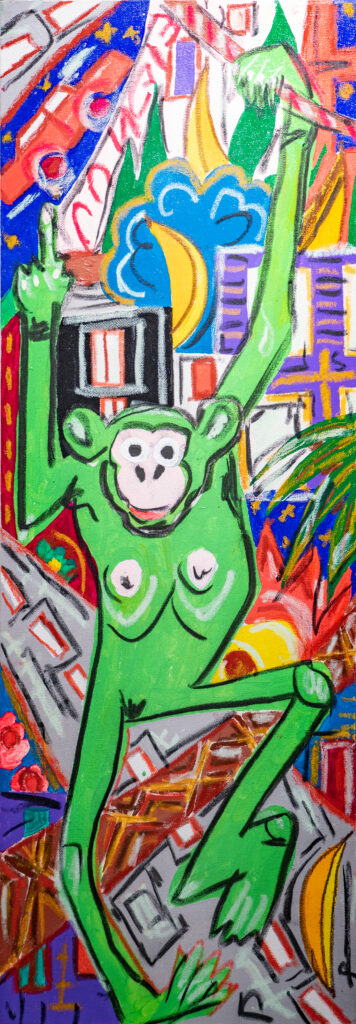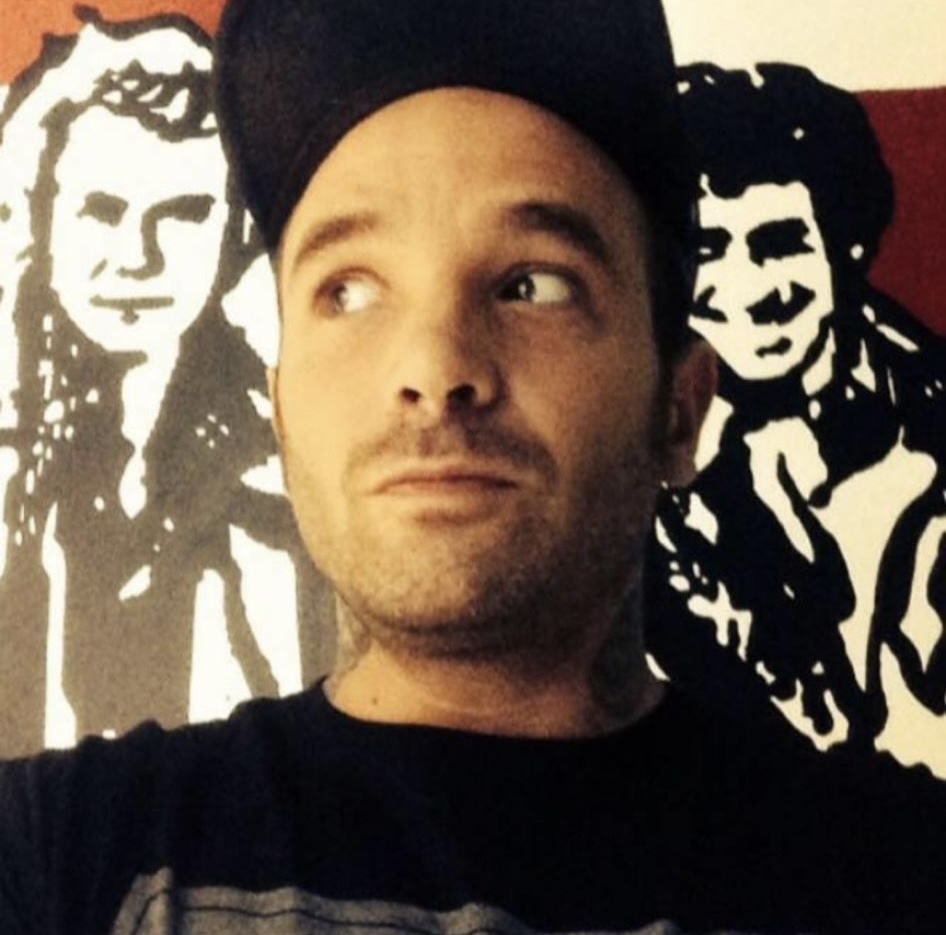
Ting Ting Art Space is set to host an adventurous duo exhibition by Italian graffiti artists in May. Titled ‘Bombing!’, the exhibition derives its name from the graffiti term, signifying the act of leaving marks in public spaces akin to bombing. Featuring works by artists Daniele Oldani and Max Bi, the exhibition showcases graffiti elements such as rugged black outlines, vibrant primary colors, and bold compositions, delivering a powerful visual impact reminiscent of an explosion, offering viewers a unique visual experience.
Daniele Oldani
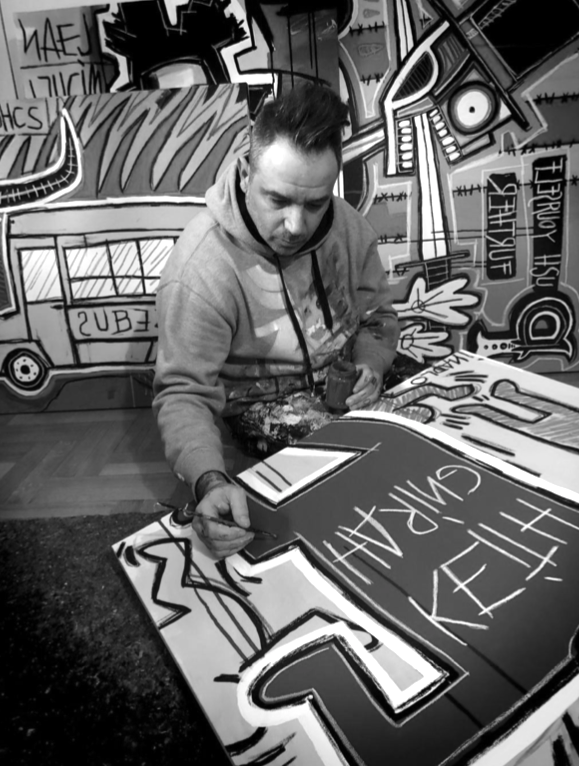
Daniele Oldani, born in 1979 in Milan, Italy, is known for his rugged outlines, bold primary colors, and strong narrative style in his artwork. He first encountered painting at the age of 14, accidentally stumbling upon painting and graffiti art, which led him to immerse himself in it and embark on a self-taught artistic journey.
A distinctive feature of Daniele’s work is ‘mirror writing’, where he writes text in reverse on the canvas, creating enigmatic symbols reminiscent of hieroglyphs or ancient Egyptian script. Viewers may initially struggle to comprehend these symbols, but by looking at them through a mirror’s reflection, they can uncover the true meaning of the text. Mirror writing is sometimes seen as an extremely primitive form of code, allowing viewers to continuously decipher the text within the artwork to uncover clues left by the artist. Similar to one of history’s most famous practitioners of mirror writing, Leonardo da Vinci, who used mirror writing for the majority of his manuscripts.
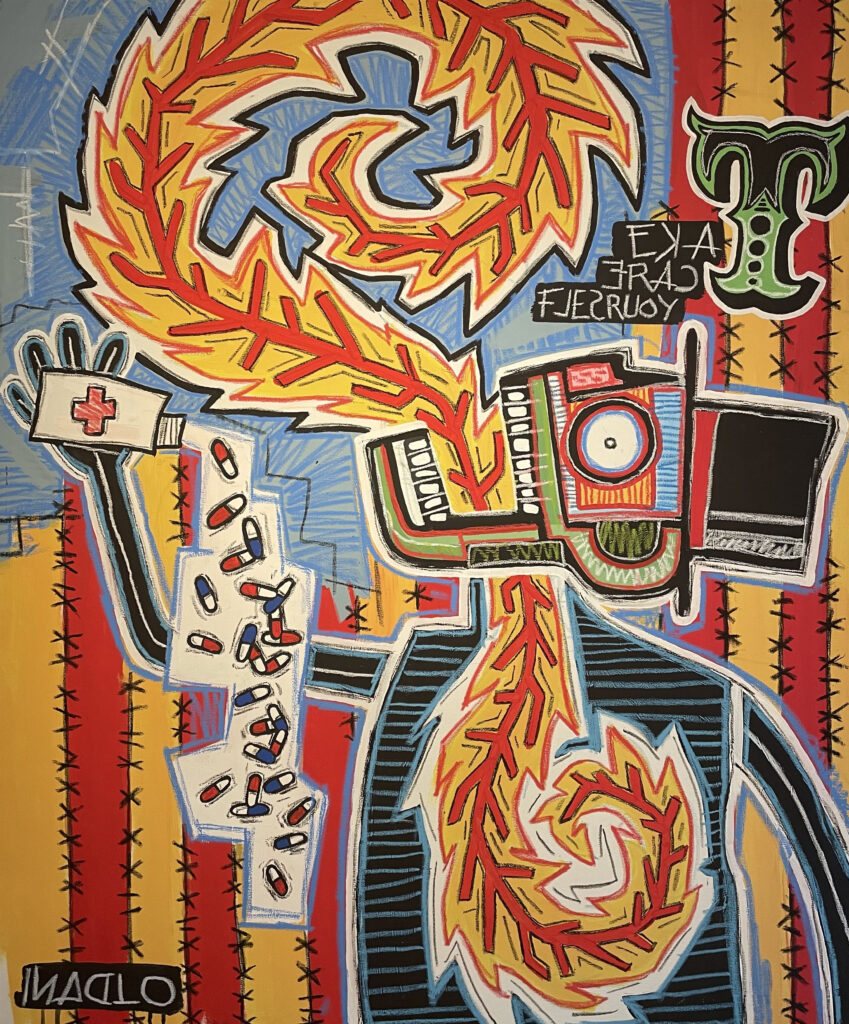
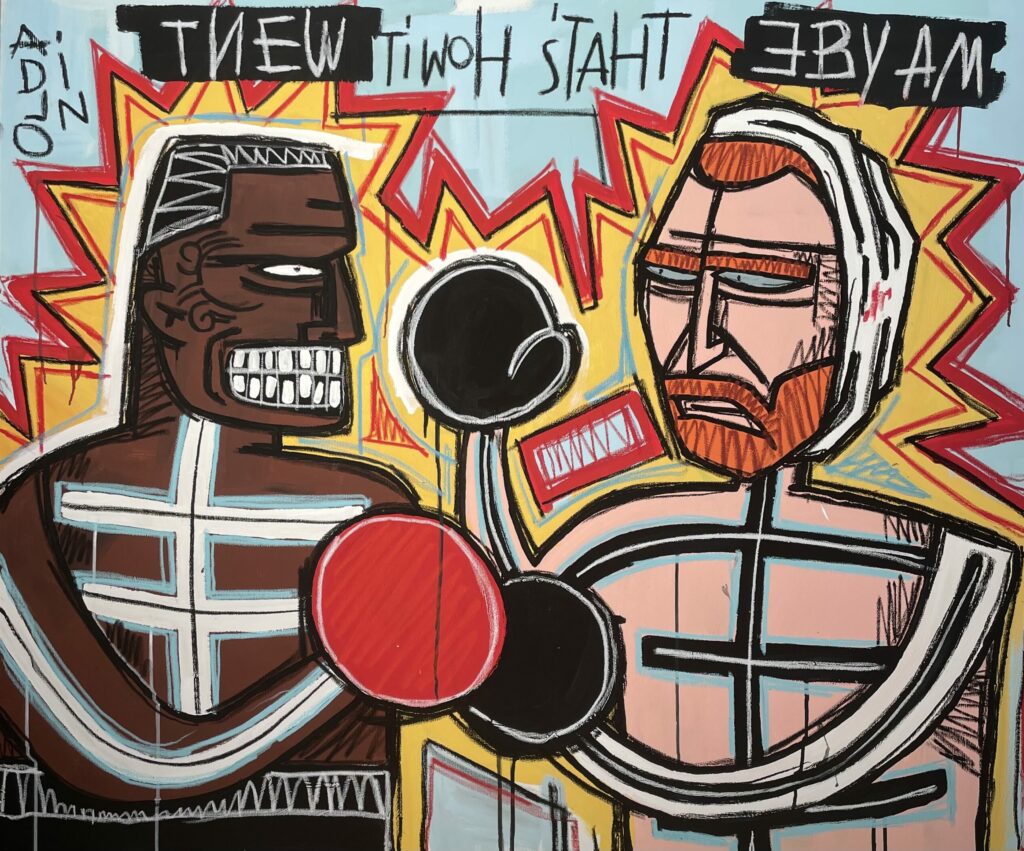
Max Bi
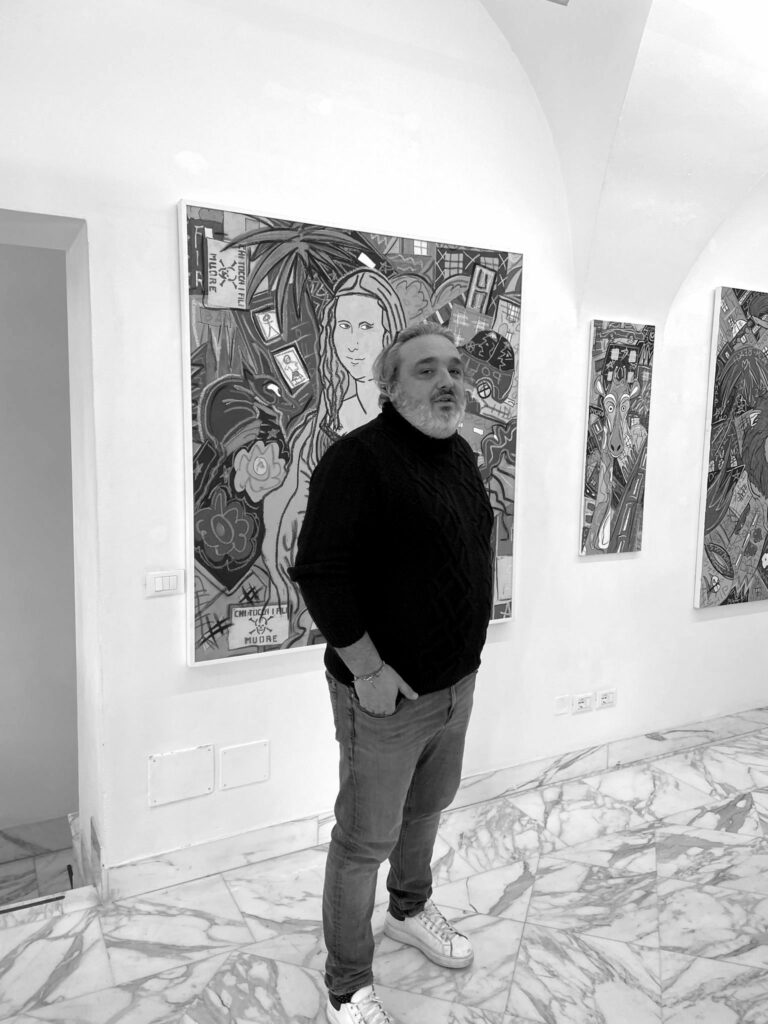
Max Bi, born in 1973 in Brescia, Italy, draws inspiration primarily from the cultural upheaval of the 1980s, heavily influenced by prominent street and graffiti artists of the time such as Jean-Michel Basquiat, Keith Haring, and Kenny Scharf. Max’s works often feature an abundance of fluorescent colors, creating a sense of distance and surrealism. At first glance, they appear vibrant and colorful, but upon closer inspection, one discovers his humorous vocabulary, textual elements, and intertwining of temporal and spatial variations into an artistic language.
Max Bi’s animal series depicts imagined cityscapes entirely dominated by animals. In these cities, sharks, wolves, and many other animals take on the role of protagonists in the narrative. Upon closer examination, these animals possess anthropomorphic traits, swapping roles with humans and coexisting within cityscapes constructed by human culture. Through this act of role reversal, Max prompts viewers to reflect on whether the cities created by human civilization represent freedom or a cage.
